Applications and innovations in the Internet of Things (IoT)
hackerearth
MARCH 5, 2019
The Internet of Things (IoT) is a system of interrelated devices that have unique identifiers and can autonomously transfer data over a network. As a part of IoT, smart home devices and systems work in collaboration with each other by sharing usage data and automating actions based on the preferences of the home owner.


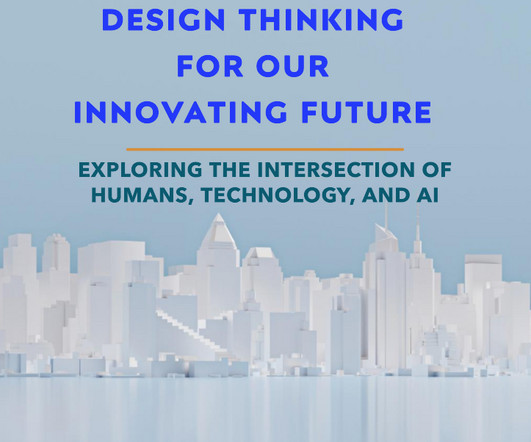
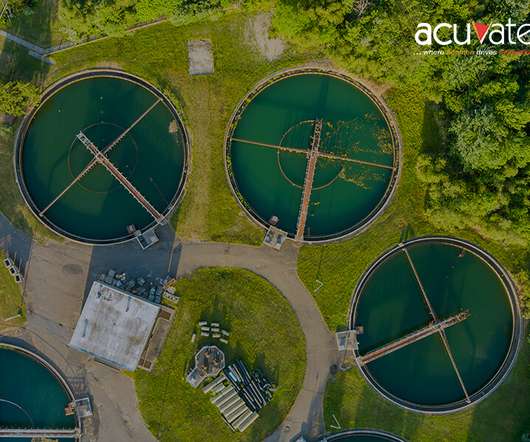





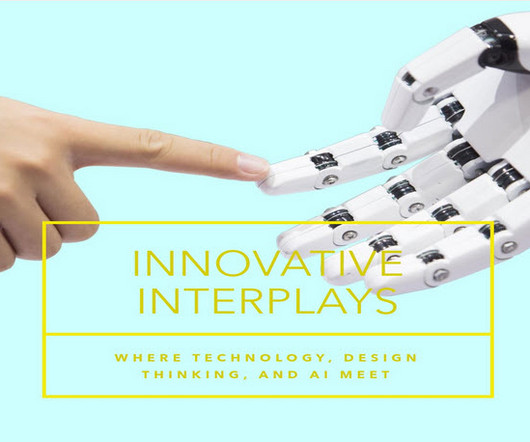
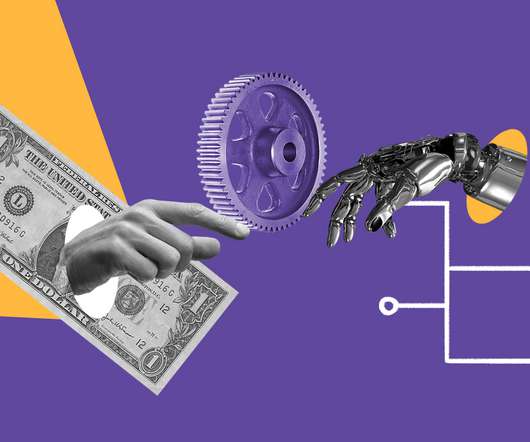

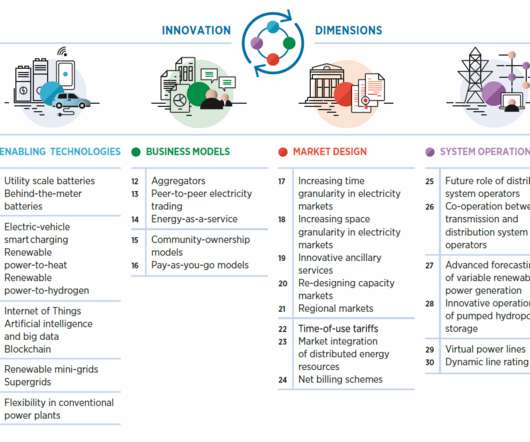








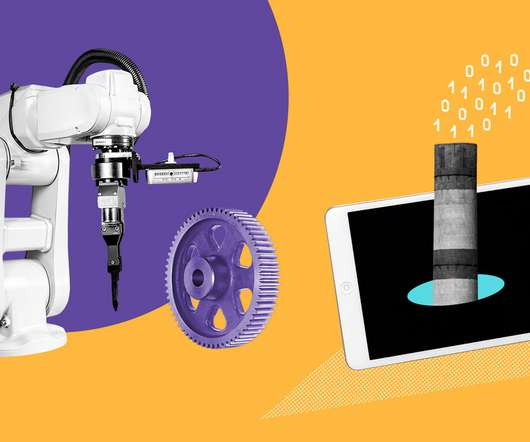
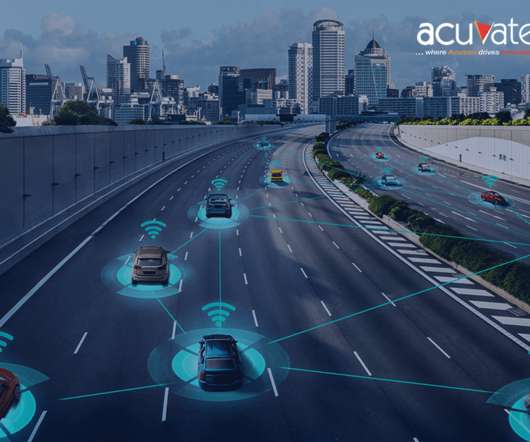


















Let's personalize your content